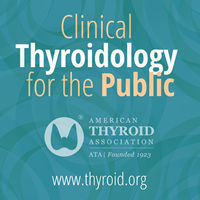
Source:Journal of Environmental Radioactivity, Volume 189
Author(s): Fengbo Li, Xiaoyu Li, Pu Cui
Paecilomyces catenlannulatus (P. catenlannulatus) as a genus of entomogenous fungus presented a variety of surface reactive groups by batch characterizations. The detoxification of U(VI) by P. catenlannulatus was investigated under different water chemistry (pH, incubation time, foreign anions and U(VI) concentration) by batch techniques. Approximately 75% of U(VI) was reduced to U(IV) (i.e., U(IV)O2(s)) by P. catenlannulatus at pH 5.5 and 7 days under glovebox conditions, therefore the formation of precipitates decreased the toxicity of U(VI) for P. catenlannulatus. In addition, phosphate facilitate the U(VI) reduction, whereas carbonate and sulfate inhibited the U(VI) reduction. The activities of catalase (CAT), superoxide dismutase (SOD) and glutathione (GSH) level were stimulated exposure to 1-30 mg/L U(VI), indicating that CAT, SOD and GSH were antagonized for the oxidant stress derived from U(VI) at low concentrations. According to XPS and XANES analysis, the occurrence of U(IV) revealed the reduction of adsorbed U(VI) to U(IV) by P. catenlannulatus. The results of EXAFS analysis indicated that the fitting of U-O and U-U shell for U-loaded P. catenlannulatus was similar to that of U(IV)O2(s)). The formation of U-bearing precipitates decreased the toxicity of U(VI) for P. catenlannulatus. These findings indicated that P. catenlannulatus is capable to detoxify U(VI) by extracellar/intracellar defense systems. Therefore, P. catenlannulatus can be utilized as a promising bioadsorbents for remediation of uranium-contaminated wastewater in environmental cleanup.
http://ift.tt/2FQ30IX




